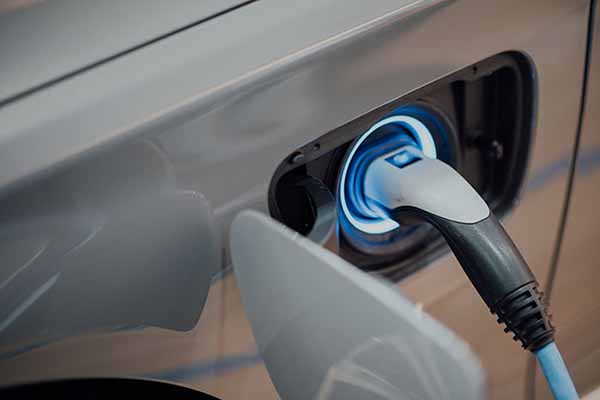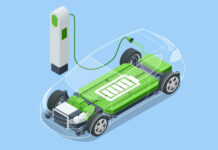EV sales have been growing slowly but steadily in the Indian automotive sector over the past few years. However, after India’s commitment to COP-26, all eyes are now focused on the country’s move toward EVs. India hopes to achieve net-zero emissions by 2070 at the latest. Only until the nation of 1.38 billion people tries to decarbonize the transportation sector will this impossible task be accomplished. The promise of cleaner mobility is exactly where electric vehicles come into play.
The growing e-mobility revolution is currently being seen accelerating on Indian highways. The approval of electronic and smoke-free buses in major cities like New Delhi and Kolkata has raised expectations for better, more environmentally friendly public transit. The battery swapping policy announced by the Honourable Finance Minister of India (Smt. Nirmala Sitharaman) has generated a lot of interest across the globe amid many modifications and policy revisions.
Latest policy reform proposed by India to promote e-mobility and its challenges
In view of the space constraints in India, the GoI has decided to introduce an EV battery swapping policy to encourage the switch to EVs. But experts believe this policy will ruffle a few features and pose challenges before doing some good. Battery swapping has to date mostly been a closed loop model wherein the EV OEM has also provided the Battery swapping network.
However, bringing in interoperability will require the alignment of OEMs and various other EV ecosystem players to come up with standardization of batteries and ensure regulation for safe usage across different vehicle brands.
Possibility of plug-in charging
The government is working to build and preserve the charging infrastructure in order to increase e-mobility in India. Simultaneously, with many incidences of electric vehicles catching fire in recent months, vehicle safety has gained prominence. These occurrences have brought EV batteries and their management to the forefront of public attention. Plug-in charging already benefits from current interoperability and standardization, allowing it to provide a more secure EV charging experience. If the new battery swapping strategy is successful in achieving similar standardization across battery technologies across different EV companies, then safety will become a critical issue in assuring the rapid adoption of this way of EV charging.















